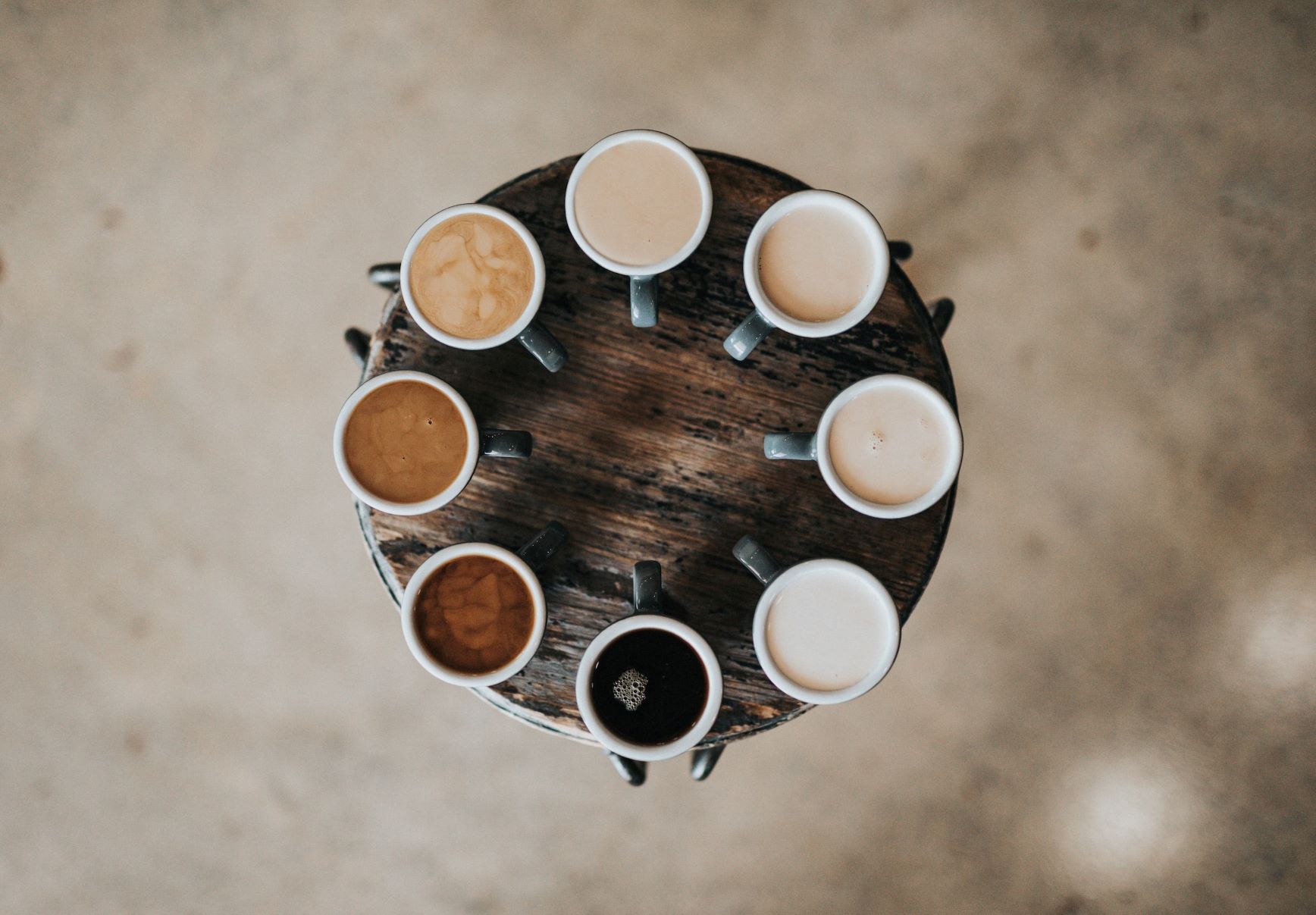Coffee is perhaps the most international of all products. The Lavazza Group, a Pure Coffee Company present in more than 140 countries and committed to an ecological transition capable of responding to the impacts of climate change and global scenarios, knows this well.
It doesn't matter whether plain or macchiato, ristretto or in a large cup. Every day millions of people entrust a good cup of coffee with the success of a slow awakening or the pleasure of a break. That is why for the Lavazza Group, producing 33 billion cups of coffee every year means one thing: responsibility. A word, however, that does not only imply ensuring its consumers the quality and ritual of a uniform taste.
In the third millennium, being an independent player in the coffee market requires a global vision that is sustainable and therefore capable of protecting every single bean, present or future. Climate change, protecting biodiversity, reducing the carbon footprint of its products are just some of the challenges accepted by the Group. Let's take a look together at how. In three sips, of course, as the gourmet espresso tasting rule dictates.
Climate change and diversification mean global solidarity
For all raw materials, turbulence has begun in 2021. Among agricultural commodities, coffee has experienced the most significant price increases. We are talking about rises of about 80 percent for both Arabica and Robusta qualities. These price increases are mainly dependent on logistical difficulties along the global supply chain and damage caused by weather events related to climate change. It is thus understandable why for a group like Lavazza, a Premium Coffee Company present in more than 140 countries around the world, global solidarity is a priority. Indeed, the impacts of the drought in Brazil or the heavy rains in Colombia are enough to show how vulnerable coffee cultivation – and with it the livelihoods of millions of small family-owned farms – is. "We have always diversified our coffee purchasing, which today takes place in about 30 different countries," Mario Cerutti, Chief Institutional Relations & Sustainability Officer of the Lavazza Group, tells Renewable Matter. "Ours is a choice corroborated by the risks faced by crops due to climate change: just think of roja or ‘coffee rust’, a dangerous plant disease caused by climate change, which brought production in Central America to its knees a few years ago. Through our Foundation – which today has 32 projects under its belt benefiting 136,000 people around the world – and in collaboration with the NGO Oxfam, we have fought this epidemic by distributing more than 10 million roja-resistant plants, helping more than 4,000 small caficultores in the Dominican Republic, Haiti and Cuba."
Roadmap to Zero
The Lavazza Group's adaptation solutions also come through initiatives such as Coffee&Climate (C&C), of which the Group is a founding member. This is a pre-competitive partnership of multiple companies in the coffee industry, actively involving agronomists, trainers and smallholders to study how climate change affects productivity and quality. The climate smart agriculture solutions tested and disseminated range from efficient irrigation techniques, to cover crops to maintain the right soil temperature, to advice on how best to diversify agricultural production in your area. After all, when it comes to sustainability, the Lavazza Group is a truly integrated approach, from grain to cup.
"We have defined our purchasing standards through the identification of different types of green coffee, which have been standardized according to specific characteristics in order to ensure the uniformity of our supplies and ensure that consumers always get the same taste, which we call the cup profile," Cerutti continues. For a supply chain facing the risk of climate change, ensuring the quality of the final product also means investing in mitigation, and reducing the impacts of production. "In 2020, the Lavazza Group reached an important milestone in its Roadmap to Zero, with the zeroing of CO2 emissions generated by activities under its direct control and from sources within its organizational boundaries. As of 2020, in fact, all activities in production facilities, offices, flagship stores, and company vehicles have achieved carbon neutrality. A big step has also been taken on the path to carbon neutrality through achieving carbon neutrality of 5 product ranges, such as Lavazza A Modo Mio capsules," Cerutti concludes.
Packaging and circular economy
In a multi-stakeholder approach, the Group now aims to offset indirect emissions throughout the supply chain, upstream and downstream of its operations. We are not just talking about green coffee, logistics, or disposal. Measuring and reducing packaging impacts also plays a key role in Lavazza's ecological transition, and in its Sustainable Packaging Roadmap it has set a goal of making the Group's entire packaging portfolio recyclable, reusable, or compostable by 2025. And we are seeing the first important results: 71 percent of the packaging produced in the Group's three main plants, where 91 percent of total production is concentrated, (Settimo and Gattinara in Italy and Lavérune in France) is already recyclable. This means that 65 percent of the packaging in the entire Group's product portfolio is already recyclable, with peaks of 95 percent in the case of flexible packaging. Less material, life cycle extension, optimization and recovery. Lavazza's sustainable by design approach, following the principles of eco-design, also increasingly aims to promote the circular economy and ensure that materials are used as responsibly and efficiently as possible.
So, in the future, we consumers will finally be in agreement on the choice of coffee. No more arguments: "Sustainable coffee for me, please."
Image: Nathan Dumlao (Unsplash)
Download and read the Renewable Matter issue #41 on Food Market.



